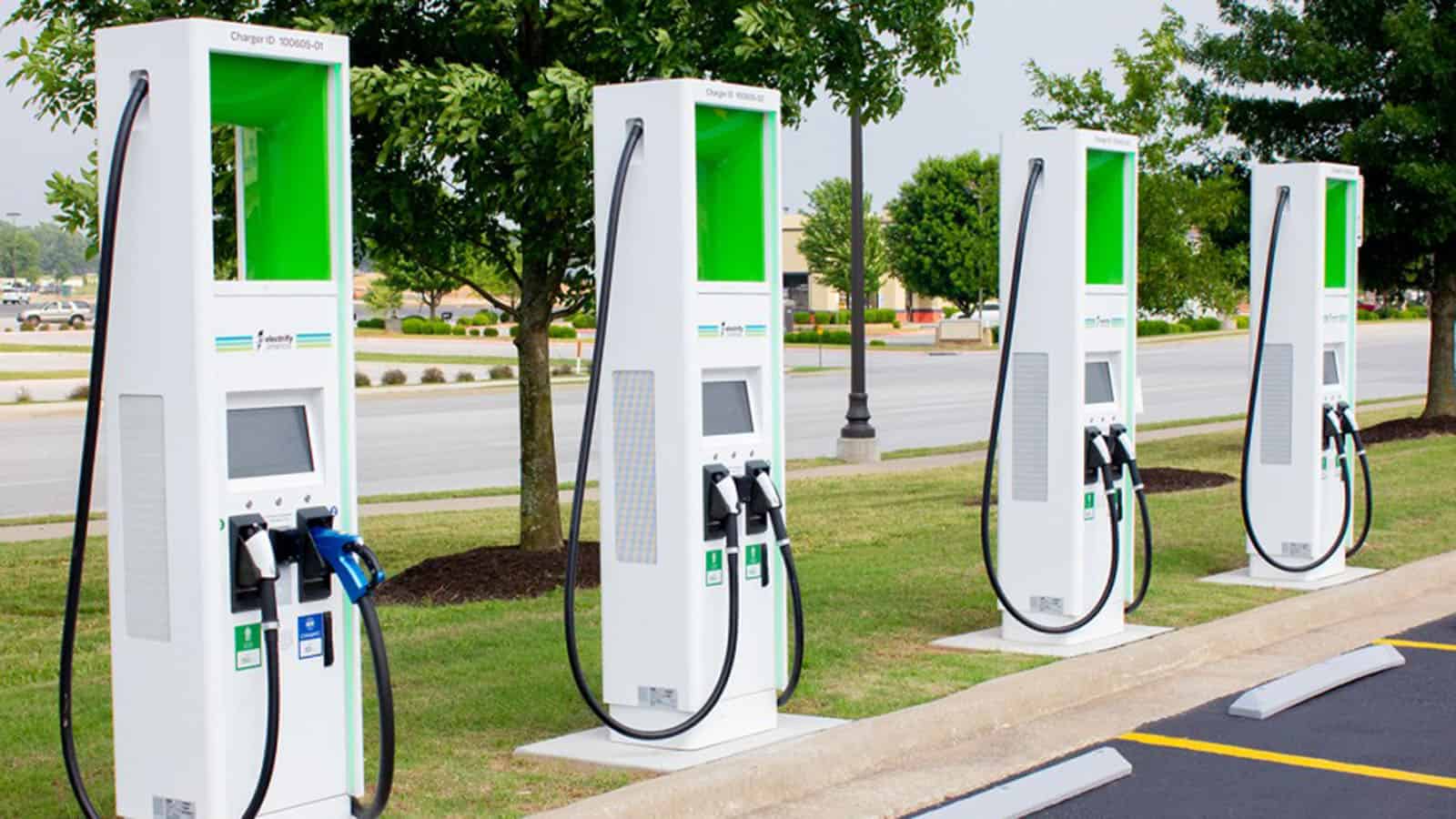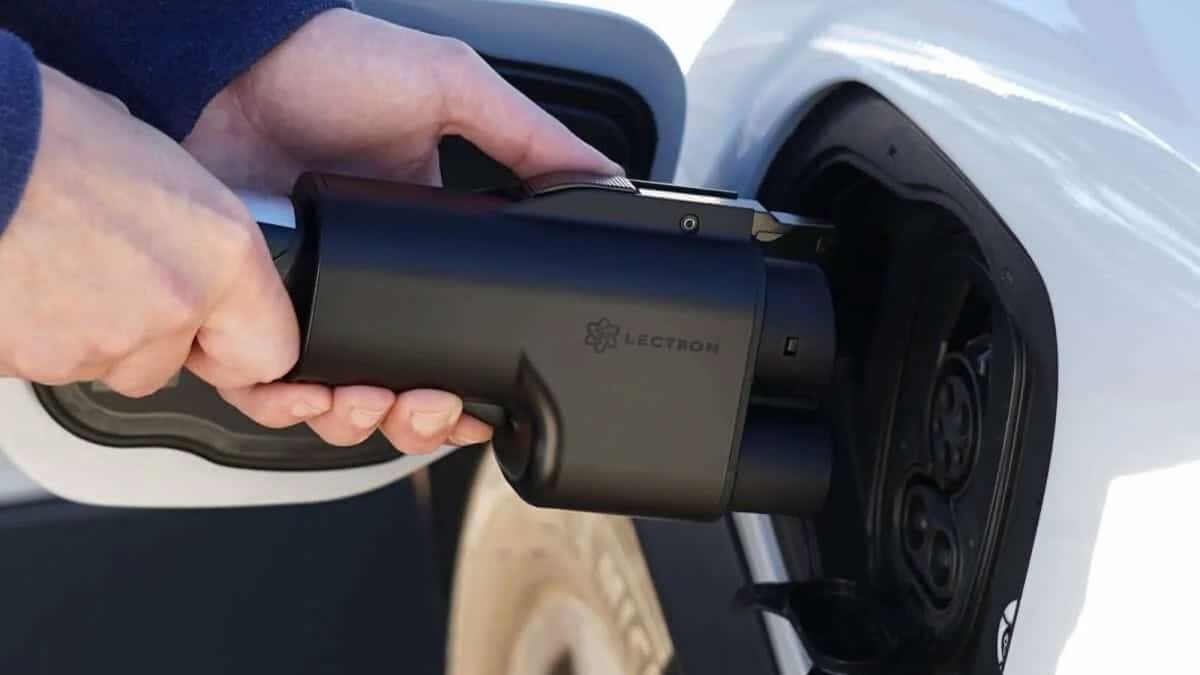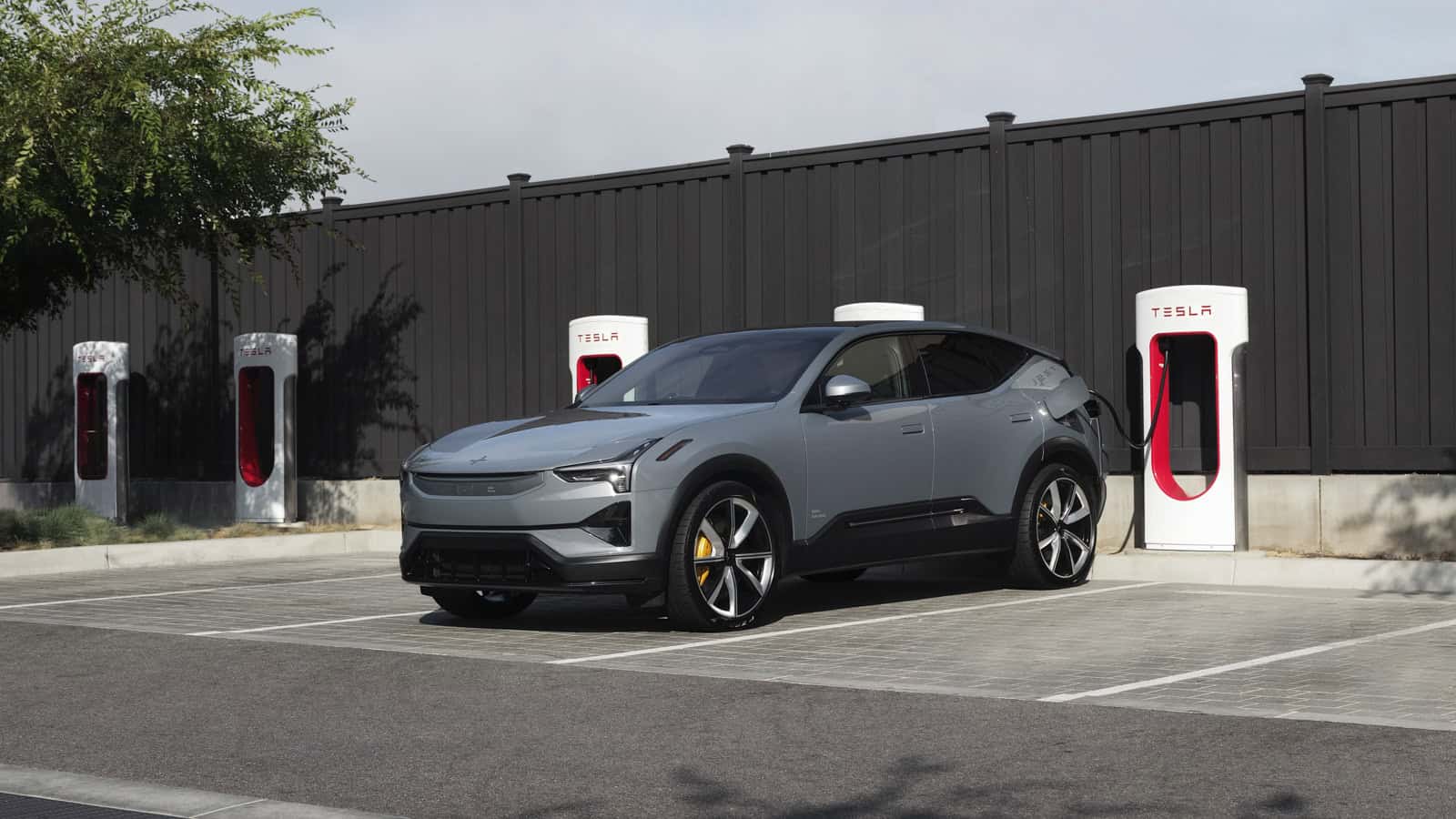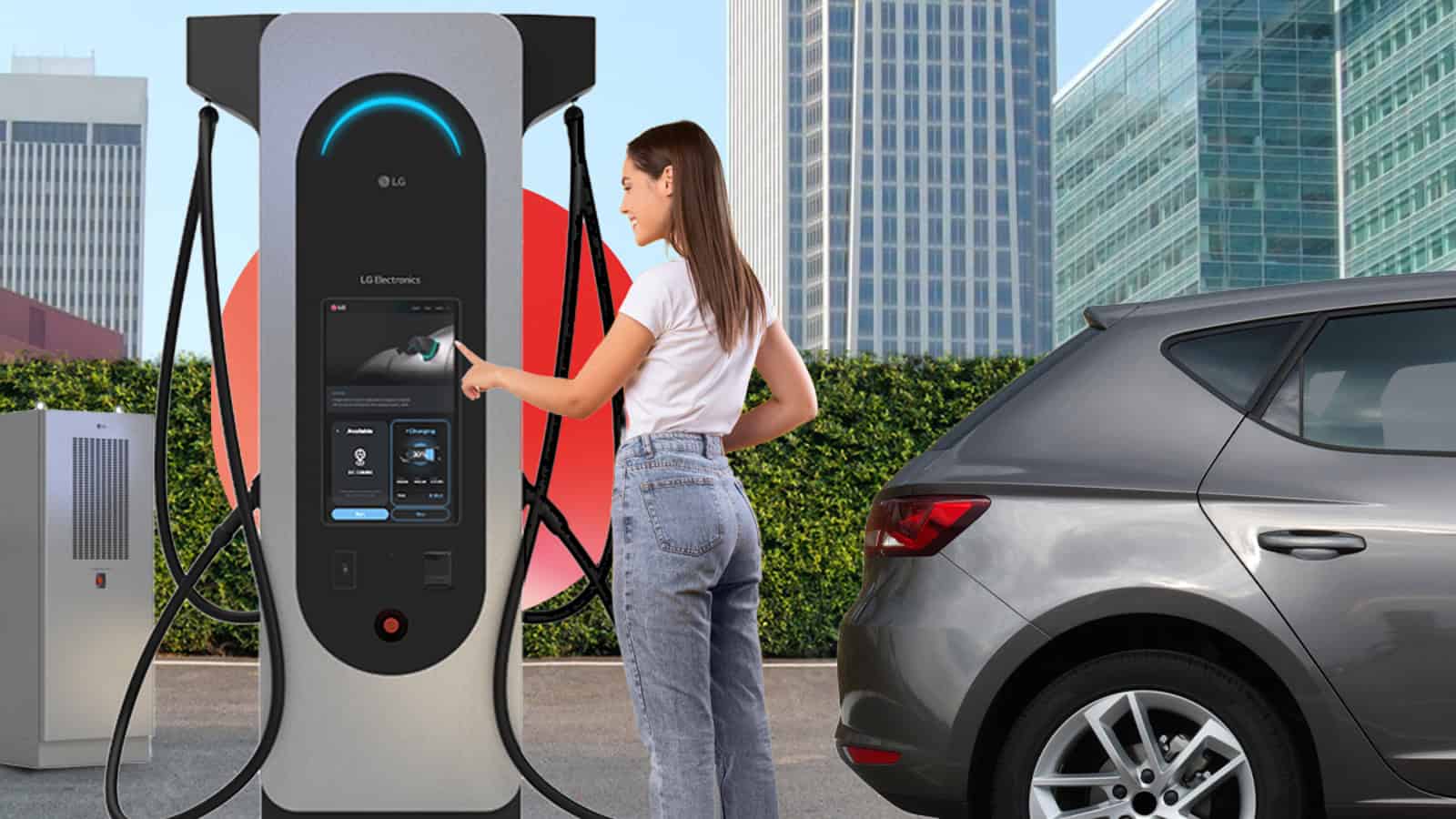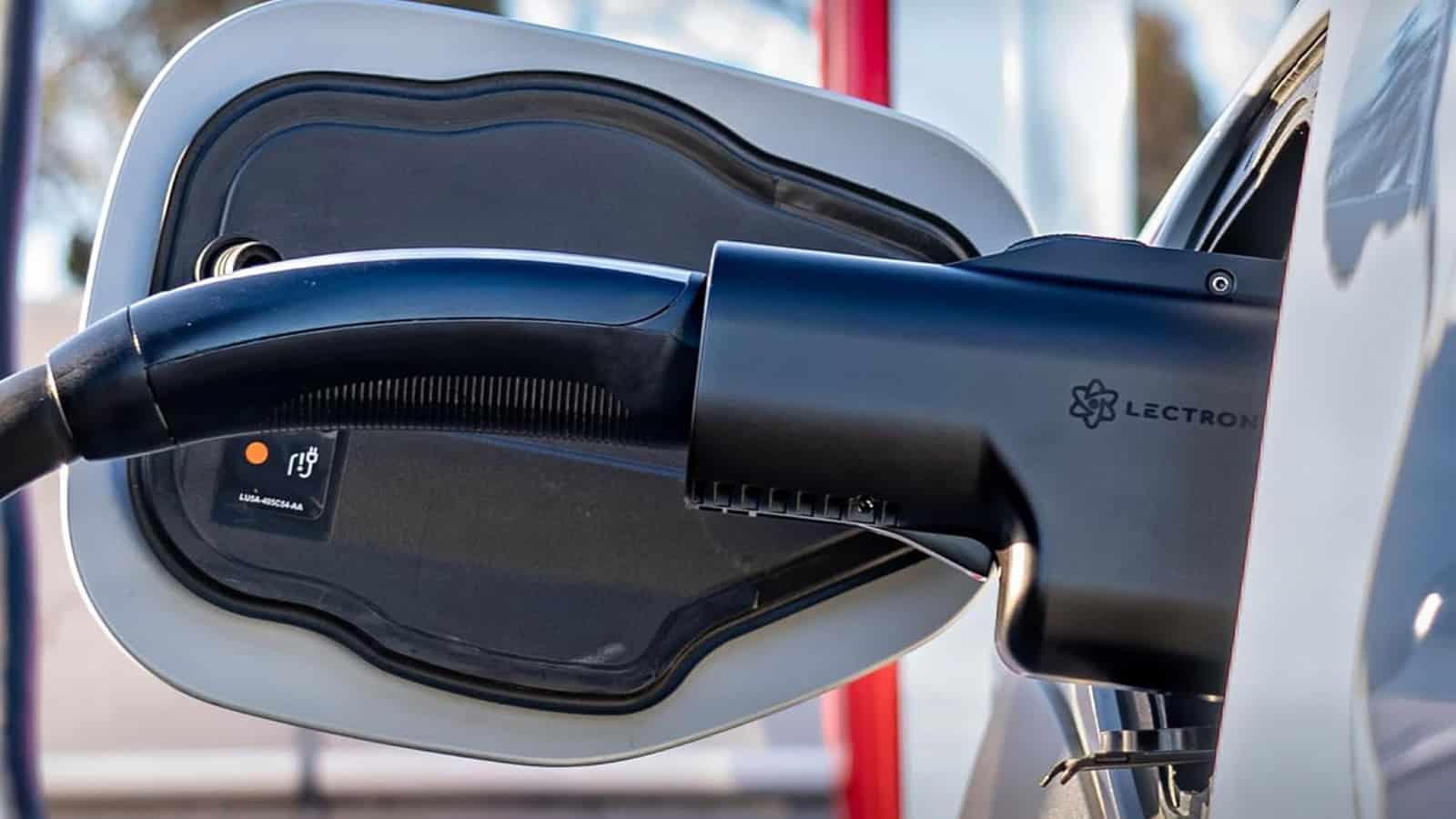The U.S. government has approved plans for all 50 states to create charging networks, tapping into money from last year’s infrastructure bill.
Now what this means varies from state to start – with each state government taking its own approach. This is all part of the $1 trillion infrastructure bill passed last November, which included $5 billion to help states install EV chargers along interstate highways. Of that $5 billion, states currently have access to $1.5 billion, but the USDOT is taking a decidedly hands-off approach to how the money is used.
“We’re not going to dictate to the states how to do this, but we do need to make sure that they meet basic standards,” U.S. Transportation Secretary Pete Buttigieg said earlier this year. While the USDOT suggests states fund DC Faster Chargers and each station should be able to charge four vehicles at a time, at 50-mile intervals, states ultimately have the final say on the type of charger and frequency of the stations.
The Federal government will cover 80% of the costs, leaving the state or private enterprises to pick up the rest of the tab. It’s a decidedly different approach from earlier efforts to install charging networks across the U.S., which relied heavily on private efforts such as the Tesla Supercharger network, Electrify America, and more. Individual states have also made their own efforts to expand charging options. The Federal government even offered tax incentives for people to install home and public chargers, but this is a much bigger effort on the part of the Feds to grow the number of public charging stations.

SOURCE | IMAGE: REUTERS.
FTC: We use income-earning auto affiliate links. Learn more.


